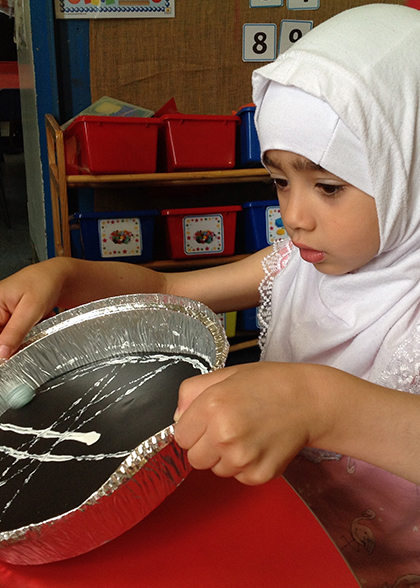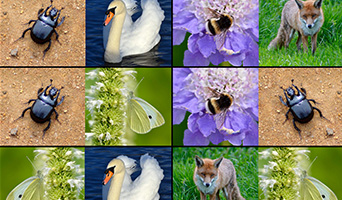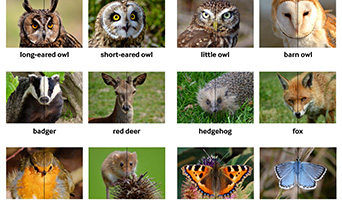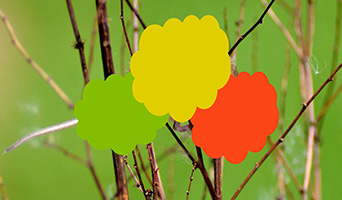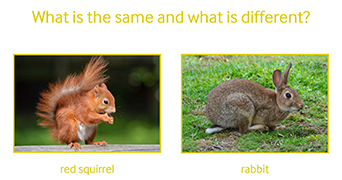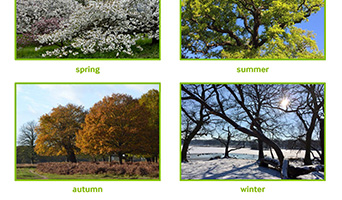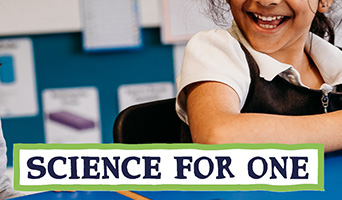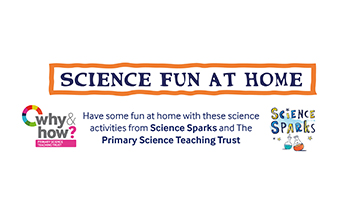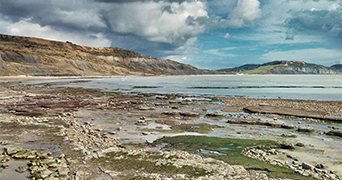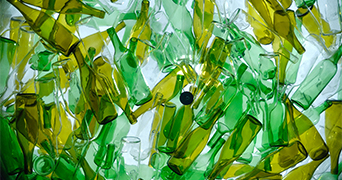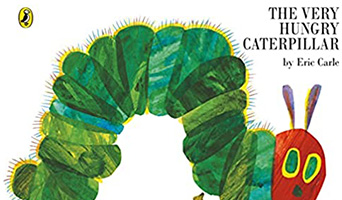
Animals
The Very Hungry Caterpillar
Provision Map showing activities that promote learning about fruits and the lifecycle of caterpillars.
Outdoor Learning, Practical Science, Science Enquiry, Scientific Literacy | 3-5
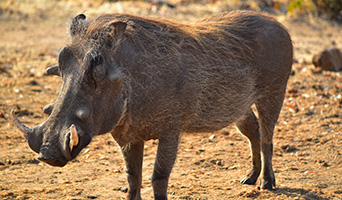
Animals, Biodiversity & Habitats, Light
The Ugly Five
Provision Map showing activities that promote learning about the features of African animals and where they live.
Outdoor Learning, Practical Science, Science Enquiry, Scientific Literacy | 3-5
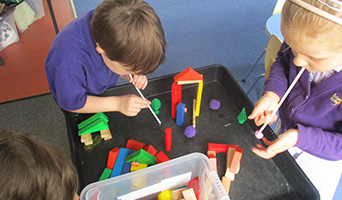
Properties & Uses of Materials
Three Little Pigs
Provision Map showing activities that promote learning about the properties of different materials.
Outdoor Learning, Practical Science, Science Enquiry, Scientific Literacy | 3-5
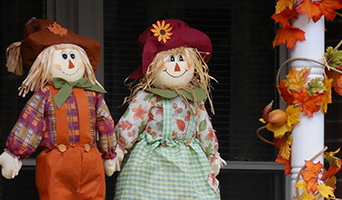
Animals, Biodiversity & Habitats, Plants, Properties & Uses of Materials
The Scarecrow’s Wedding
Provision Map showing activities that promote learning about animals and different materials.
Outdoor Learning, Practical Science, Science Enquiry, Scientific Literacy | 3-5
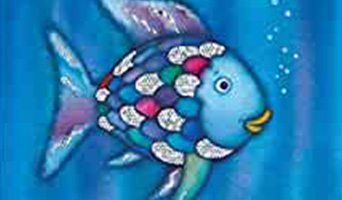
Animals, Biodiversity & Habitats, Plants, Properties & Uses of Materials
The Rainbow Fish
Provision Map showing activities that promote learning about plants and animals that live in the ocean.
Outdoor Learning, Practical Science, Science Enquiry, Scientific Literacy | 3-5
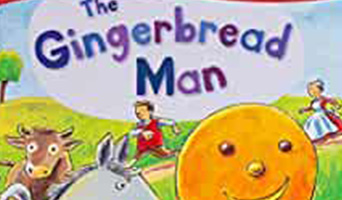
Properties & Uses of Materials
The Gingerbread Man
Provision Map showing activities that promote learning about different farm animals and different materials.
Outdoor Learning, Practical Science, Science Enquiry, Scientific Literacy | 3-5
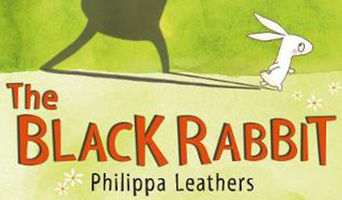
Animals, Biodiversity & Habitats, Light
The Black Rabbit
Provision Map showing activities that promote learning about light and shadows.
Outdoor Learning, Practical Science, Science Enquiry, Scientific Literacy | 3-5
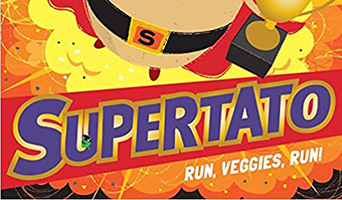
Animals, Biodiversity & Habitats, Plants, Properties & Uses of Materials, States of Matter
Supertato
Provision Map showing activities that promote learning about textures, camouflage, plants and ice.
Outdoor Learning, Practical Science, Science Enquiry, Scientific Literacy | 3-5
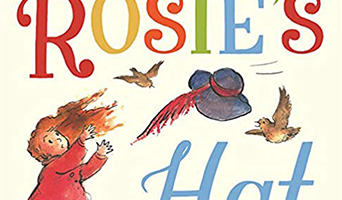
Biodiversity & Habitats, Properties & Uses of Materials
Rosie’s Hat
Provision Map showing activities that promote learning about materials, a beach habitat and people who help us.
Outdoor Learning, Practical Science, Science Enquiry, Scientific Literacy | 3-5
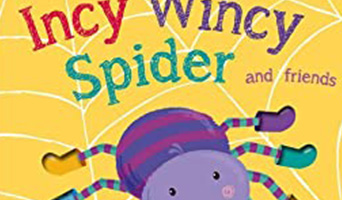
Animals, Biodiversity & Habitats, Properties & Uses of Materials
Incy Wincy
Provision Map showing activities that promote learning about minibeasts and the properties of some materials.
Outdoor Learning, Practical Science, Science Enquiry, Scientific Literacy | 3-5
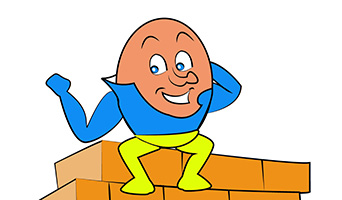
Forces, Properties & Uses of Materials
Humpty
Provision Map showing activities that promote learning about the properties of some materials.
Outdoor Learning, Practical Science, Science Enquiry, Scientific Literacy | 3-5
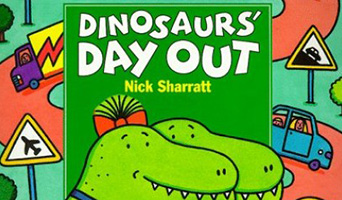
Forces, Properties & Uses of Materials
Dino Day Out
Provision Map showing activities that promote learning about how things move.
Outdoor Learning, Practical Science, Science Enquiry, Scientific Literacy | 3-5

